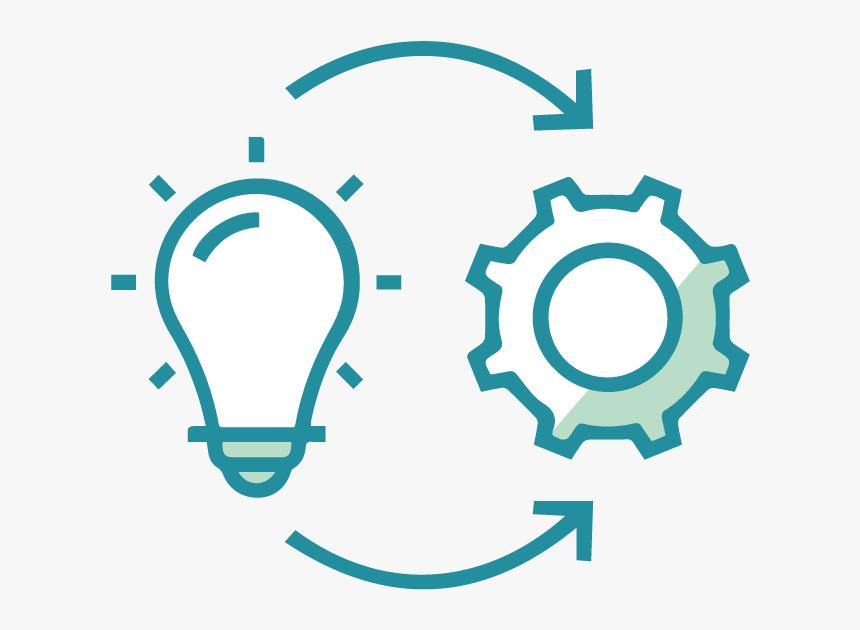1. Think through configuration options
Take time to consider the downstream effects of your configuration decisions. For example, a long ledger name can take up valuable screen space in the reporting tools. If you don’t know the impact of a certain configuration, you should ask your implementation partner.
2. Embrace the idea of no customizations
When people push back on the no customization rule, they probably don’t understand the configurability of Oracle’s cloud applications or the extensibility that Oracle Platform as a Service (PaaS) offers. But don’t let that deter you. Eure and Walters reiterated the benefits of cloud: “Putting a system in place that prevents customization can work in your favor. It helps you through the upgrade and maintenance process.”
3. Don’t underestimate change management
“Change management is going to be a bigger challenge than you think. Even if you get up and running quickly in the cloud, it doesn’t mean any less change for your people.” In fact, Eure reported that they pushed out the go live dates for Oracle Procurement Cloud and Oracle Expenses Cloud so that the Finance team could get comfortable with the new accounts payable process. It wasn’t a matter of the system not being ready; the people weren’t ready.

4. Communicate the positive impact of moving to the cloud
Make sure users understand the tradeoffs between on-premises and cloud software. For example, if people complain that they no longer can call an IT guy down the hall and demand immediate help, remind them that changes to on-premises software come, on average, every 10 years or so—whereas enhancements to cloud applications are provided in a much more timely fashion. In addition, Oracle now has a window into how organizations use the software which they didn’t have before.
5. Think of Oracle Support as part of your project team
In a inplenion, you’ll be working with Oracle Support from Day 1. They’re still there to address issues, but they also provide help with new functionality and a path to cloud operations. For example, if you want to make a production-to-test copy or a test-to-test copy, you contact Oracle Support. Learn how to navigate the support organization while you’re in the implementation phase because that will put you on a strong footing going forward.
6. Start the upgrade process right away
As soon as you know your upgrade window, be sure to allow for a couple months in your test environment. You’ll want to look at new functionality and learn how to take advantage of it. At Alex Lee, the majority of training happens through testing.


